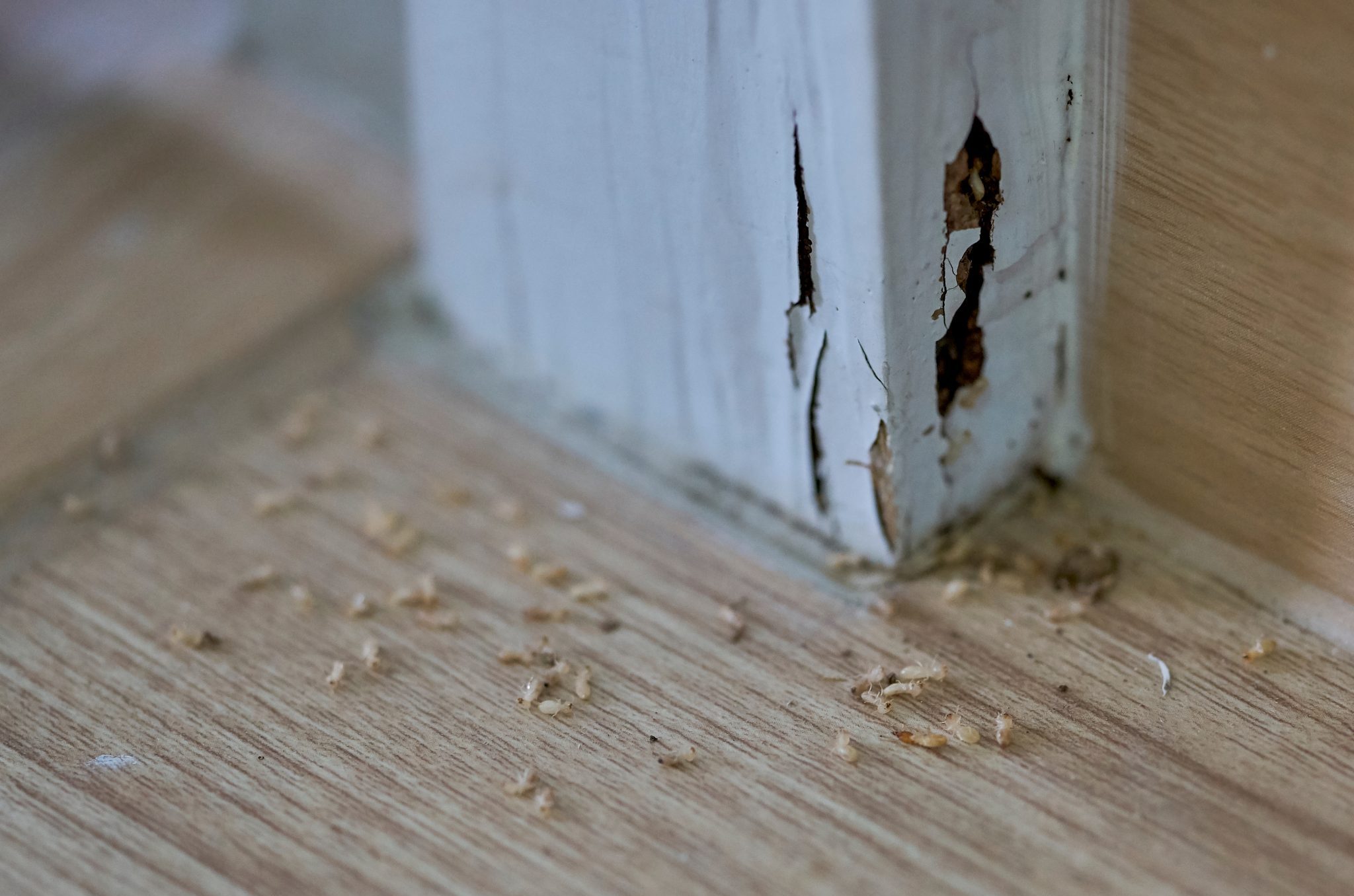Termites, the silent destroyers of the insect world, can wreak havoc on homes and structures, leading to costly damage that often goes unnoticed until it’s too late. As homeowners grapple with the looming threat of a termite infestation, the quest for effective control methods becomes paramount.
Whether it’s through chemical treatments, baiting systems, or more environmentally friendly solutions, understanding the pros and cons of each approach is key to safeguarding your property. In this article, we dive deep into the various termite control methods available today.
Well explore their effectiveness, application processes, and potential impacts on both your wallet and the environment. Armed with the right information, you can make an informed decision and take proactive steps toward a termite-free home.
Let’s uncover what works best in the battle against these relentless pests.
Introduction to Termite Control

Termite control is a critical concern for homeowners, as these relentless pests can silently wreak havoc on wooden structures, often going unnoticed until significant damage has occurred. Understanding the various methods available for termite prevention and eradication is vital in safeguarding your investment.
From chemical treatments and baiting systems to organic solutions and preventive measures, each approach has its own advantages and drawbacks. The key lies in not only identifying the type of termite infesting your home but also determining the most effective strategy tailored to your specific situation.
In a world where every second counts, exploring these methods not only empowers homeowners but also equips them with the knowledge to make informed decisions, ensuring their homes remain a fortress against these destructive invaders.
Traditional Chemical Treatments

Traditional chemical treatments for termite control have long been the go-to solution for homeowners facing infestations. These methods typically involve the application of liquid insecticides, often referred to as termiticides, which create a barrier in the soil to prevent termites from entering structures.
When properly administered, these treatments can be very effective; however, the application process requires thorough preparation and skill. For instance, the ground around a home must be excavated, and the chemical must be applied with precision to ensure complete coverage.
Notably, while some termiticides act quickly to eliminate existing colonies, others are designed to provide long-term protection, remaining effective for several years. Nevertheless, the use of such chemicals comes with concerns about environmental impact and safety, prompting many to seek alternatives.
Ultimately, the effectiveness of traditional chemical treatments hinges not only on the product used but also on the expertise of the technician performing the treatment.
Baiting Systems

Baiting systems represent a strategic approach in the realm of termite control, blending both innovation and efficiency. These systems utilize specially designed bait stations strategically placed around a property, delivering slow-acting insecticides that termites consume and subsequently take back to their colony—an intricate dance of survival.
Unlike traditional methods that often involve disruptive chemical treatments, baiting systems work silently, attacking the root of the problem while minimizing chemicals’ impact on the surrounding environment. Over time, this method effectively disrupts the colony’s development, leading to a gradual decline in population. The beauty of baiting lies in its proactive stance; it’s not just reactive—but rather a calculated invitation for termites to engage with their demise.
However, patience is paramount, as results can take weeks or even months to fully materialize, contrasting sharply with the more immediate (though potentially hazardous) results of conventional treatments. Understanding how this system interacts with termite behavior can make it a powerful ally in the fight against these relentless pests.
Conclusion
In conclusion, effective termite control is essential for protecting homes and structures from the devastating impact of termite infestations. As explored in this article, various methods—ranging from chemical treatments and baits to natural and physical barriers—offer different advantages and drawbacks.
The best approach ultimately depends on factors such as the severity of the infestation, the type of property, and personal preferences regarding safety and environmental impact. By understanding these options and consulting with professionals, homeowners can make informed decisions that not only eradicate existing problems but also prevent future infestations, ensuring long-term peace of mind.











